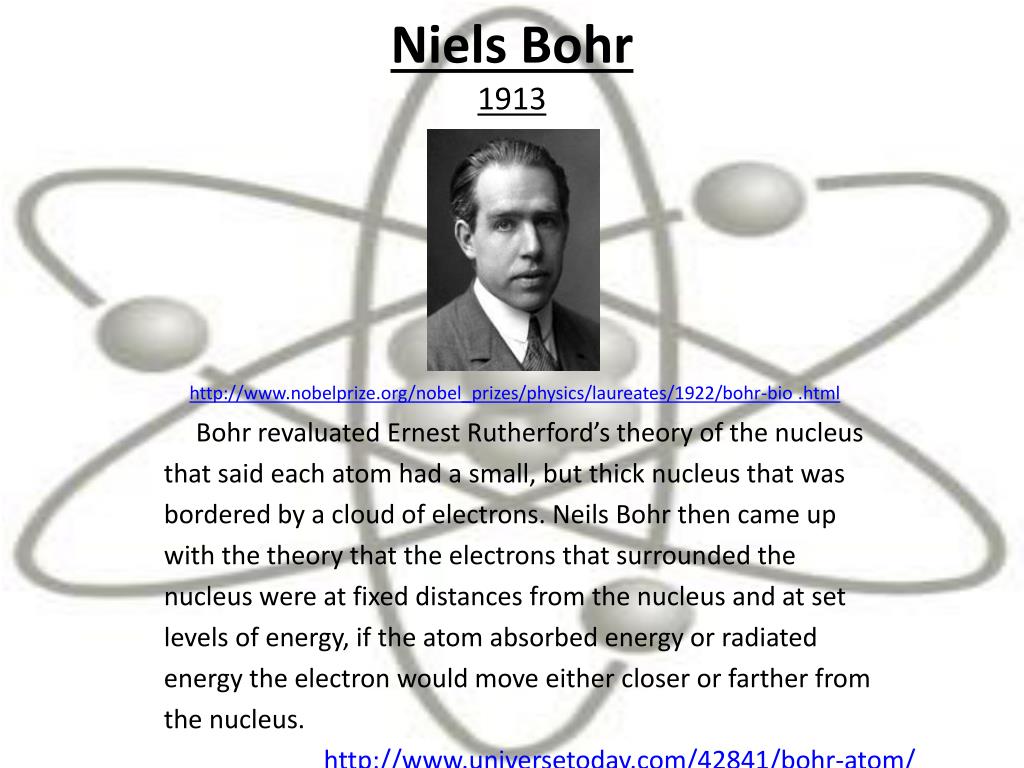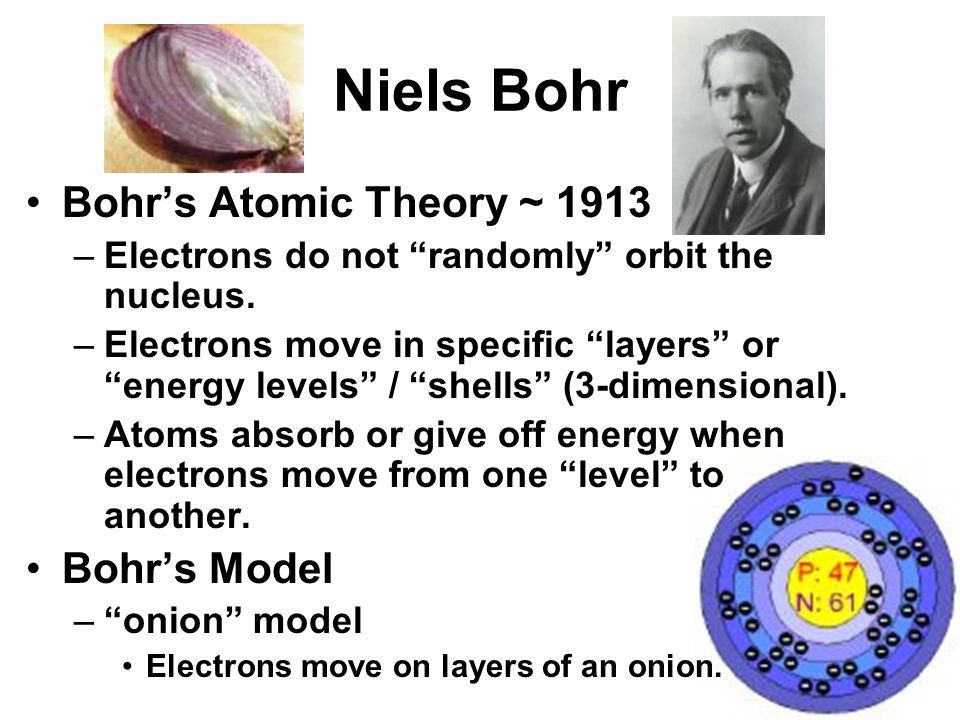


Together with Niels Bohr’s liquid drop model, which he formulated in 1937, the theory also explains the fission process. The model explains why a neutron is captured instead of being rereleased. In 1936, Niels Bohr formulated his revolutionary compound nucleus model, whereby the nucleus is transferred to a temporarily unstable compound state during a reaction, before it returns to a stable state when the reaction is over. A marble, that is to say, a neutron is thus captured. It is therefor unlikely that a single marble will gather enough energy again to hop of the edge. Repeated collisions quickly distribute the energy of the injected marble between the other marbles in the dish. "All of atomic and subatomic physics has built on the legacy of these distinguished gentlemen," says University of Liverpool’s Peter Butler who works on ISOLDE.Niels Bohr illustrated the formation of compound nuclei with this model: A marble is rolled down into a dish with some other marbles.

All experiments investigating atomic structure - including some at CERN, like those on antihydrogen and other exotic atoms at the Antiproton Decelerator, and at the On-Line Isotope Mass Separator ( ISOLDE) - can be traced back to the revolution in atomic theory that Rutherford and Bohr began a century ago. Bohr’s well-defined orbits were replaced with probability “clouds” where an electron is likely to be.īut the model paved the way for many scientific advances. The maturing field of quantum mechanics revealed that it was impossible to know an electron’s position and velocity simultaneously. However, the model was misleading in several ways and ultimately destined for failure. In 1922 he was rewarded with the Nobel prize in physics for his work. In this way, Bohr was able to explain the spectrum of light emitted (or absorbed) by hydrogen, the simplest of all atoms.īohr published these ideas in 1913 and over the next decade developed the theory with others to try to explain more complex atoms. In this picture, each orbit is associated with a particular energy, and the electron can change orbit by emitting or absorbing energy in discrete chunks (called quanta). Rutherford’s model didn’t account for the stability of atoms, so Bohr turned to the burgeoning field of quantum physics, which deals with the microscopic scale, for answers.īohr suggested that instead of buzzing randomly around the nucleus, electrons inhabit orbits situated at a fixed distance away from the nucleus. According to the rules of classical physics, the electrons would eventually spiral down into the nucleus, causing the atom to collapse. The dense nucleus is surrounded by a swarm of tiny, negatively charged electrons.īohr, who worked for a key period in 1912 in Rutherford’s laboratory in Manchester in the UK, was worried about a few inconsistencies in this model. The vast majority of its mass is located in a positively charged central nucleus, which is 10,000 times smaller than the atom itself.

Rutherford had made the startling discovery that most of the atom is empty space.
Niels bohr atomic theory series#
In July of 1913, Danish physicist Niels Bohr published the first of a series of three papers introducing this model of the atom, which became known simply as the Bohr atom.īohr, one of the pioneers of quantum theory, had taken the atomic model presented a few years earlier by physicist Ernest Rutherford and given it a quantum twist. The most instantly recognizable image of an atom resembles a miniature solar system with the concentric electron paths forming the planetary orbits and the nucleus at the centre like the sun.


 0 kommentar(er)
0 kommentar(er)
